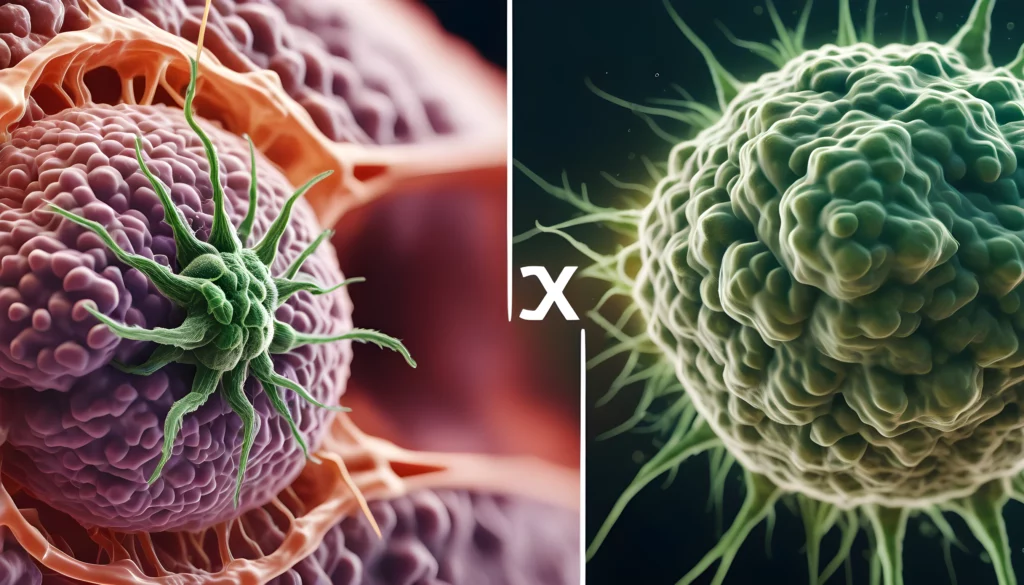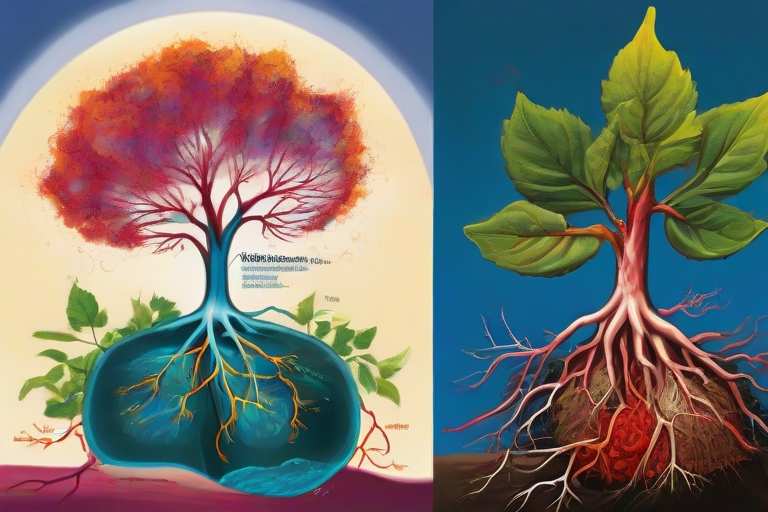For millennia, natural treatments have employed marijuana. Scientists have discovered numerous physiologically active components of marijuana. People refer to these as cannabinoids.
The question of whether cannabis can treat cancer is one of the most talked-about online debates over the past few decades. It is very misleading to state that there is conclusive proof that cannabis or cannabinoids can treat cancer.
Regretfully, there are a lot of fake sources of cannabis knowledge available, especially online. This article will show what happens when cannabis is injected into cancer cells.
Why Cannabis Use to Treat Cancer?
The main therapeutic option for cancer, chemotherapy, is sometimes ineffective or has numerous harmful side effects, such as nausea, anxiety, insomnia, and appetite loss.
Cannabinoids and terpenes, two components of cannabis extracts, may offer an alternative to chemo drugs for side effect management and tumor shrinking. The endocannabinoid system (ECS) preserves bodily homeostasis by cannabinoids.
What Kills Cancer Cells in the Body?
The body’s defense against infection is the immune system. An immunotherapy treatment works by boosting your immune system to combat cancer. Your body contains a wide variety of immune cell types. Various cells combat various forms of cancer. For instance, the immune system uses T cells, a particular type of white blood cell, to combat cancer.
- It eliminates the immune system’s checkpoint, preventing T cells from attacking after the cancer cells.
- The T cells attack and attempt to destroy the malignant cells because they perceive them as foreign cells that shouldn’t be in the body. It keeps healthy cells safe.
Cannabinoids and cancer antitumor strategy slow the growth of tumors in different ways. The induction of apoptosis in cancer cells and the prevention of cancer cell growth are their most common effects.

How Can Marijuana Affect Symptoms of Cancer?
Several small studies on smoked marijuana have shown promise in alleviating chemotherapy-induced nausea and vomiting in cancer patients. According to a few studies, marijuana inhalation can be a useful treatment for neuropathic pain.
Studies have shown that smoked marijuana improves food intake in HIV patients. There are no human studies on the effects of hemp or marijuana oil.

Research has long demonstrated that patients receiving marijuana extracts in clinical studies typically need fewer painkillers. Scientists have recently found that in certain types of cancer cells growing in lab dishes, THC and other cannabinoids like CBD impede growth and/or induce death.
Certain cannabinoids may also delay the growth and spread of various cancers, according to some animal studies. There have been some preliminary human clinical trials using cannabis to treat cancer, and more research is in the works.
Although research to date indicates that cannabinoids may be safe for use in cancer treatment. It does not demonstrate that they aid the disease’s management or cure. Serious health implications may arise from using marijuana alone as a cancer treatment while avoiding or postponing conventional medical care.
Ultimate Guide: New Jersey’s Medical Cannabis Laws
Side Effects of Cannabinoid Drugs
- Dronabinol and nabilone are prescription cannabinoids that, like many other medications, have potential adverse effects and consequences.
- Some experience problems with elevated heart rate, lowered blood pressure, lightheadedness or vertigo, and fainting. These substances may make you feel sleepy, moody, or high, which is uncomfortable for some individuals.
- Additionally, they may make mania, depression, or other mental illnesses worse. In studies, a small percentage of nabilone users hallucinated. It has effects of alcohol, sleeping pills, or sedatives, such as drowsiness and impaired coordination of the medications.
- Patients have also complained of dry mouth and difficulty remembering recent events. You can start with Elderly patients on lesser doses and may experience greater side effects.
How Can I Obtain Medical Cannabis?
States regulate the use and possession of medical marijuana differently. Patients must have a medical marijuana card to purchase medical marijuana from a dispensary in several states.
Medical decisions are ultimately made in collaboration with each patient’s doctor. The process for obtaining the product differs based on the legislation of the state in which a doctor finds a medical indication for its usage. The patient and their doctor are responsible for ascertaining and adhering to all applicable state and federal laws.
What Plant Eats Cancer Cells?
The claim that herbal treatments alone may not treat, or cure cancer is trustworthy scientific research. Nevertheless, certain plant extracts have been developed into chemotherapeutic medications due to their anti-cancer properties. These include Taxanes from the Pacific yew tree’s bark and vincristine from periwinkle plants.

How Do Cannabinoids Work Inside the Body?
Neurotransmitters, such as endocannabinoids, send nerve impulses from the body to the brain to trigger various bodily effects. The brain recognizes cannabinoids because they behave and look like endocannabinoids, which enables cannabis to influence behavior, mood, coordination, and other aspects of health.
What To know as a Medical Marijuana Patient?
Is All Cannabis is the Same?
The two primary subspecies of the cannabis plant are Cannabis indica and Cannabis sativa. You can distinguish them based on differences in their morphological attributes. Shorter plants with broad, dark green leaves, known as Indica-dominant strains, have higher levels of cannabidiol than sativa plants, which have higher levels of THC.
Not really. It takes more than just injecting a person with malignant cells to cause the disease; the aberrant tissue needs to spread to other parts of the body and flourish there. An individual’s immune system would likely attack and kill any foreign tissue injected with live cancer cells.
An approved medical cannabis medication for epilepsy disorders is cannabidiol oral solution, which has undergone randomized controlled trials.
Cannabinoids are a group of several substances found in cannabis. Tetrahydrocannabinol (THC), cannabidiol (CBD), and cannabinol (CBN) are the main cannabinoids of interest. In the examination of cannabis, one of the main goals is to identify and quantify the THC/CBD ratio positively.
Studies haven’t proven that cannabis or certain cannabinoids may treat cancer, nevertheless. You may have major health issues that you can control or treat the impacts of cancer.


